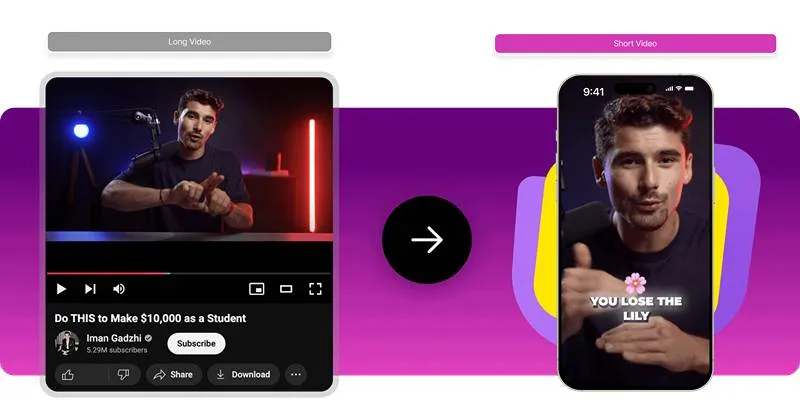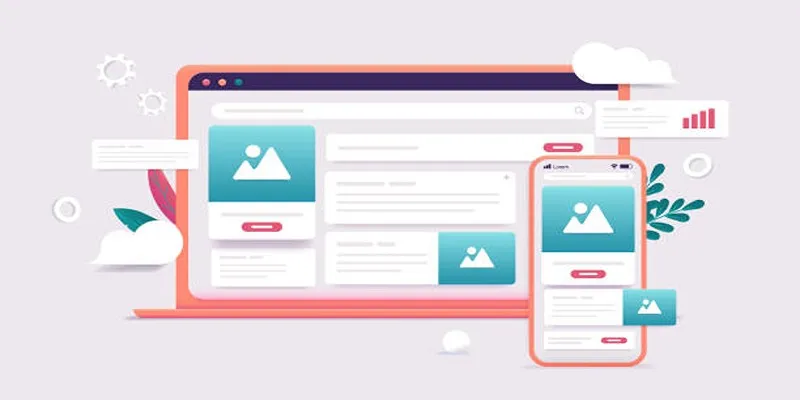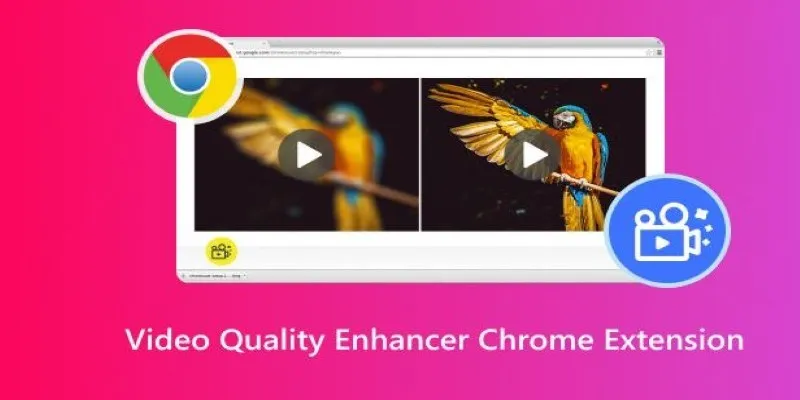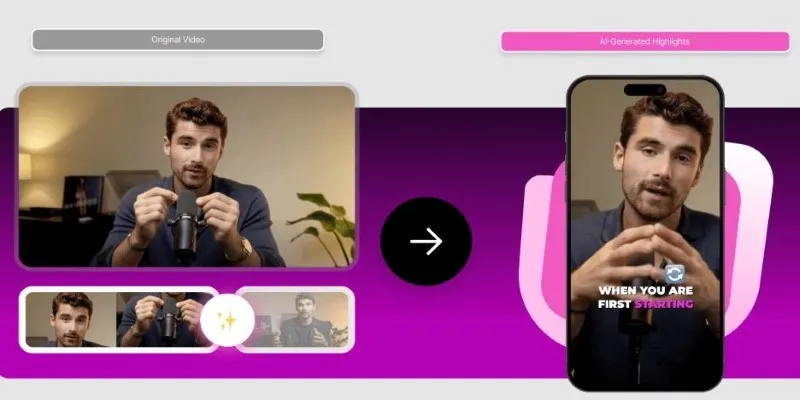How to Effortlessly Combine MP4 Videos on Your Desktop
The process to combine MP4 videos through your desktop system remains straightforward. The process of uniting videos turns into a straightforward operation when you possess proper editing instruments regardless of your video objectives. A step-by-step guide will teach you effortless methods to merge MP4 files together. All you need are the basic instructions while creating smooth and high-quality videos without being a professional.
Why Combine MP4 Videos?

Combining MP4 files is a simple way to streamline projects or presentations. Here are a few common scenarios where combining MP4 files comes in handy:
- Creating a Presentation: Combining multiple MP4 files can help create a seamless presentation without having to switch between different videos. This is especially useful if you want to include small clips or highlight reels within your main video.
- Editing Projects: If you're working on a video project, combining MP4 files can save time and effort by allowing you to work with all the footage in one file rather than multiple ones.
- Social Media Posts: Many social media platforms have time limits for videos. By combining short MP4 files, you can easily adhere to these limits while still creating engaging content.
What You'll Need
To get started, you'll need two things:
- Your MP4 files must be stored on your desktop or in a folder on your computer.
- Video editing software that supports combining and exporting MP4 files.
Recommended Tools for Combining MP4s
Here’s a quick list of some of the best tools to combine your MP4 files. Choose the one that suits your skill level and budget.
Free Options:
- VLC Media Player
- iMovie (for Mac users)
- Shotcut
Paid Options:
- Adobe Premiere Pro
- Final Cut Pro
- Camtasia
Step-by-Step Guide to Combining MP4 Videos
Step 1: Organize Your Files
Make sure that all your MP4 files are in the correct order and saved in a single folder on your desktop. This makes the merging process much more straightforward.
Step 2: Use a Video Editing Tool
There are both free and paid options available for combining MP4 videos. Choose the one that best suits your needs and budget.
Option 1: Combine MP4 Files Using VLC (Free)
VLC Media Player is a versatile media player that can also merge MP4 files. To use it for this purpose, follow these steps:
- Open VLC Media Player on your desktop.
- Go to Media in the top menu and select Convert/Save.
- Click Add and select all the MP4 files you want to combine.
- Once added, click Convert/Save again.
- Choose a destination folder and file name for your merged video, and click Start.
- Wait for VLC to finish processing. The combined MP4 file will be saved in the destination folder.
Option 2: Combine MP4 Files Using Shotcut (Free, Beginner-Friendly)
Shotcut is another excellent free tool with a more user-friendly visual interface for editing.
- Download and install Shotcut from the official website.
- Open Shotcut and create a new project.
- Drag and drop your MP4 files into the Shotcut timeline in the order you want them to appear.
- Use the trimming tool to make clean cuts, align clips, and remove unwanted sections if needed.
- Once your video looks good, export it by clicking Export and choosing your file format.
Option 3: Combine MP4 Files Using Adobe Premiere Pro (Professional Option)
Adobe Premiere Pro is widely recognized as one of the most powerful video editing platforms available. If you already use Premiere Pro, here’s how to combine MP4 videos with it efficiently:
- Open Adobe Premiere Pro and start a new project.
- Import your MP4 clips by dragging them into the project’s Media Bin.
- Drag each video clip onto the timeline in the desired order.
- Use transition effects between clips if you want a polished, professional finish.
- Click Export from the File menu and save your merged video in MP4 format.
Pro Tips for Seamless Video Combining
Follow these pointers to ensure your final video looks clean and professional:
- Choose a suitable transition effect: Adobe Premiere Pro offers a wide range of transition effects to choose from. Make sure to select one that fits the tone and style of your video.
- Adjust clip lengths: If your clips have different durations, you might need to manually adjust their length on the timeline to create a seamless flow between them.
- Use keyframes for smoother transitions: Keyframes allow you to gradually change certain properties of your video, such as opacity or scale, over time. This can help create smooth transitions between clips.
- Consider adding background music or sound effects: Background music can add an extra dimension to your final video and help tie all the individual clips together.
- Utilize text and graphics: Adding text or graphics to your video can help provide context or emphasize important points. This is especially useful for instructional or educational videos.
Troubleshooting Common Issues

Here are some of the most common problems that may occur while editing a video and how to troubleshoot them:
Audio issues
One of the most common problems in video editing is audio inconsistencies or glitches. This could include low volume, background noise, static, or syncing issues between audio and video. To troubleshoot this issue, try adjusting the volume levels for each clip individually or using an audio equalizer to reduce background noise.
Video quality issues
Another common issue is poor video quality, which can be caused by factors such as low resolution, pixelation, or blurriness. To fix this problem, make sure you are using high-quality source footage and exporting the final video in the appropriate resolution for your desired platform. You may also want to adjust contrast, brightness, or sharpness settings to improve the overall look of your video.
Playback problems
Sometimes videos may not play smoothly or experience lagging or freezing during playback. This could be due to insufficient processing power on your computer or an overloaded timeline with too many effects or layers. To fix this, try closing any unnecessary programs and reducing the number of effects or layers on your timeline. You can also try rendering your video before playing it back to improve playback performance.
Conclusion
Video editing can seem like a daunting task, but with the right tools and knowledge, anyone can create professional-looking videos. By following these tips and techniques, you can take your video editing skills to the next level and produce high-quality content that will captivate your audience. Remember to experiment with different styles and effects, stay organized in your workflow, and don't be afraid to think outside the box.
On this page
Why Combine MP4 Videos? What You'll Need Recommended Tools for Combining MP4s Free Options: Paid Options: Step-by-Step Guide to Combining MP4 Videos Step 1: Organize Your Files Step 2: Use a Video Editing Tool Option 1: Combine MP4 Files Using VLC (Free) Option 2: Combine MP4 Files Using Shotcut (Free, Beginner-Friendly) Option 3: Combine MP4 Files Using Adobe Premiere Pro (Professional Option) Pro Tips for Seamless Video Combining Troubleshooting Common Issues Audio issues Video quality issues Playback problems ConclusionRelated Articles

Free Video Converter Tools for Easy TikTok and Instagram Uploads

Best Methods to Convert MKV to WAV Without Audio Quality Loss

Record Your Screen: 10 Best GIF Creator Tools

What is HitFilm Express? A Beginner’s Guide for Mac Users

Discover the 9 Best Tools for Modern Web Design in 2025

Upgrade Your Streaming: 5 Chrome Extensions to Enhance Video Quality

Understanding Data Extraction and Automating It Efficiently

The 8 Best Sitemap Generator Tools for 2025: An Ultimate Guide

The Power of AI in Video Enhancement: A Review of HitPaw Video Enhancer

AI Highlight Video Makers: Top 3 Tools to Capture Best Moments

What is Google Sites And How to Use It Effectively: A Beginner's Guide

 bobobk
bobobk